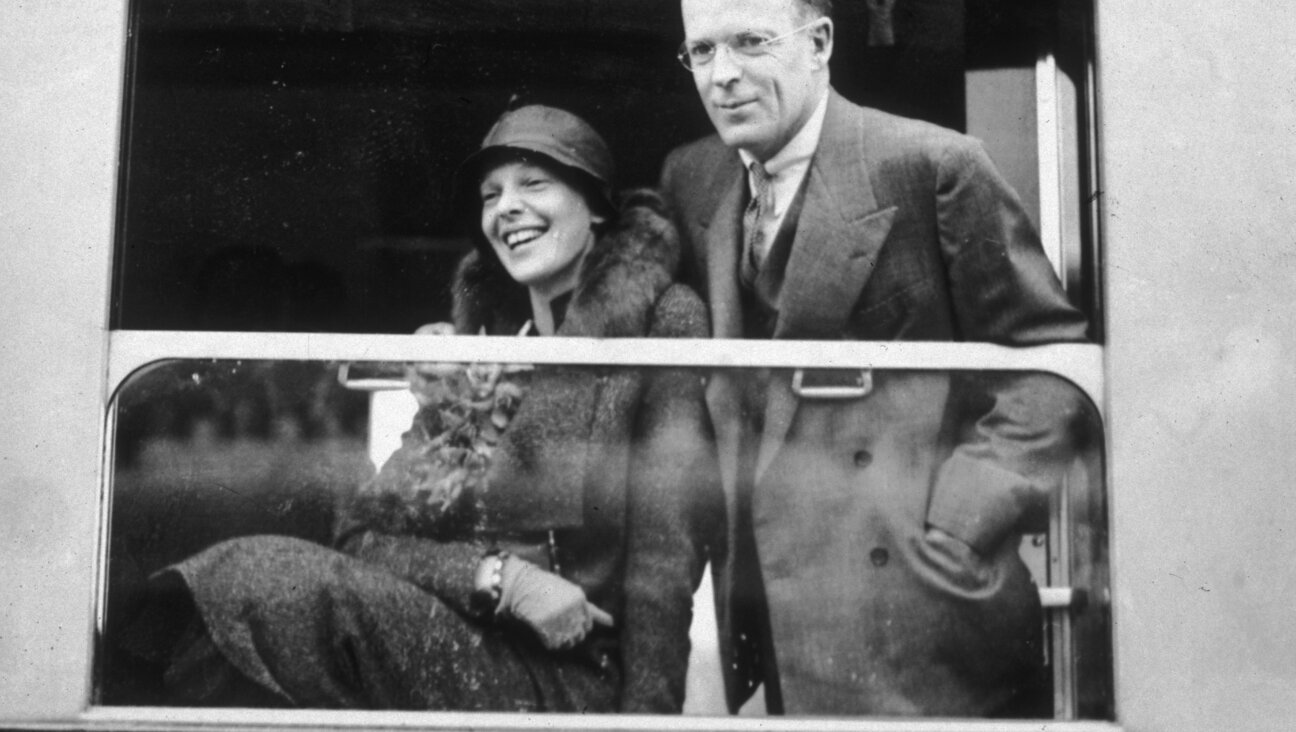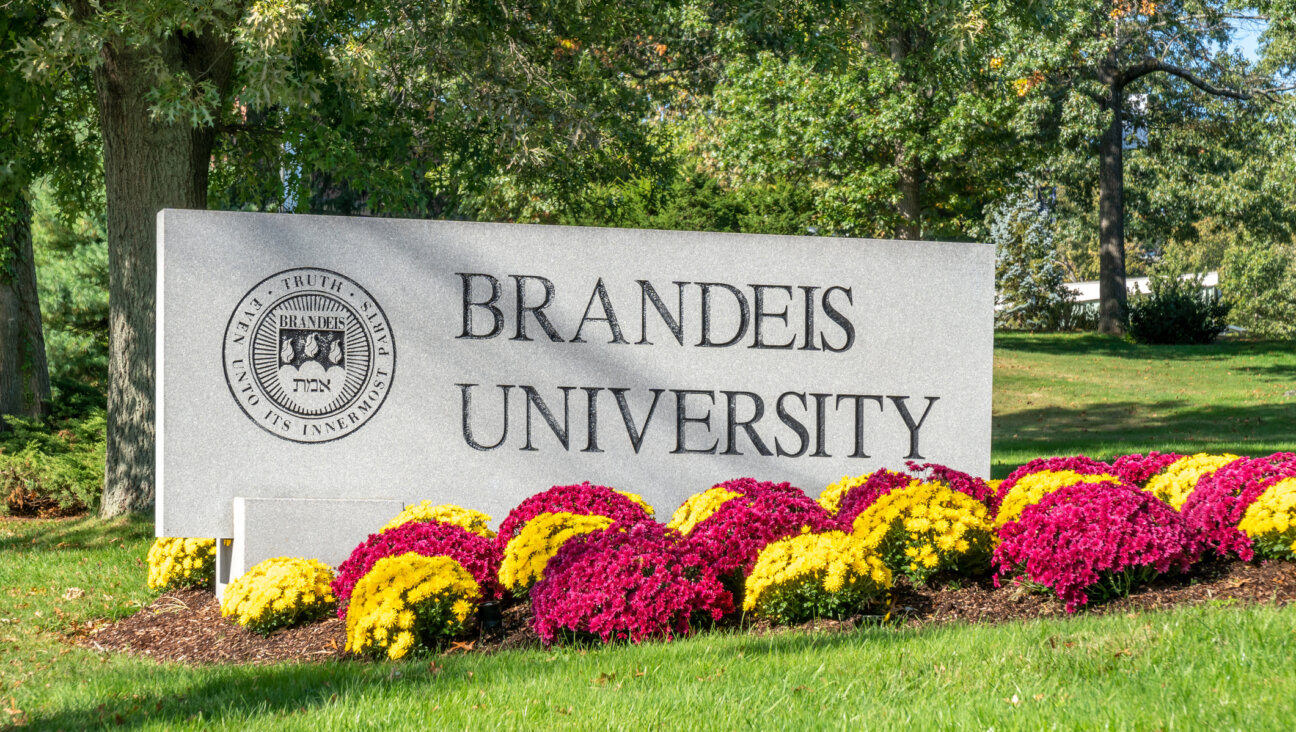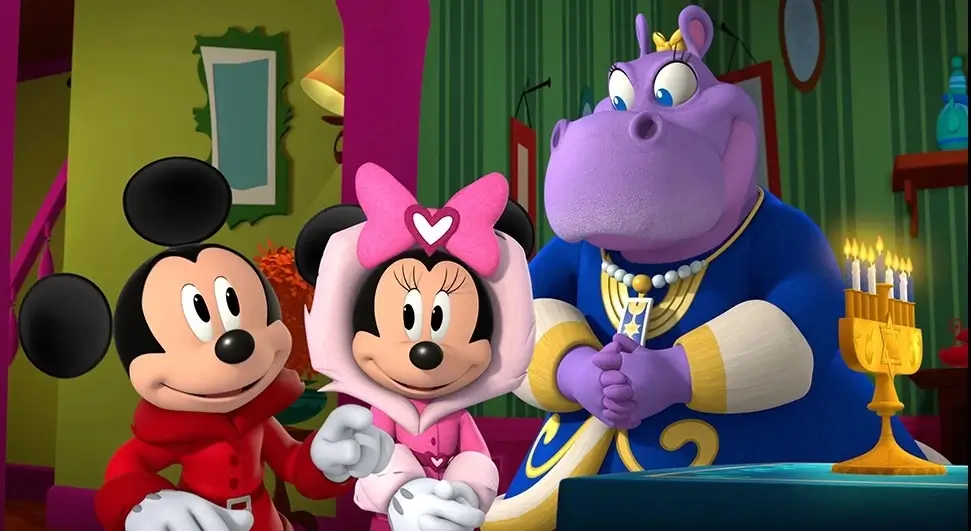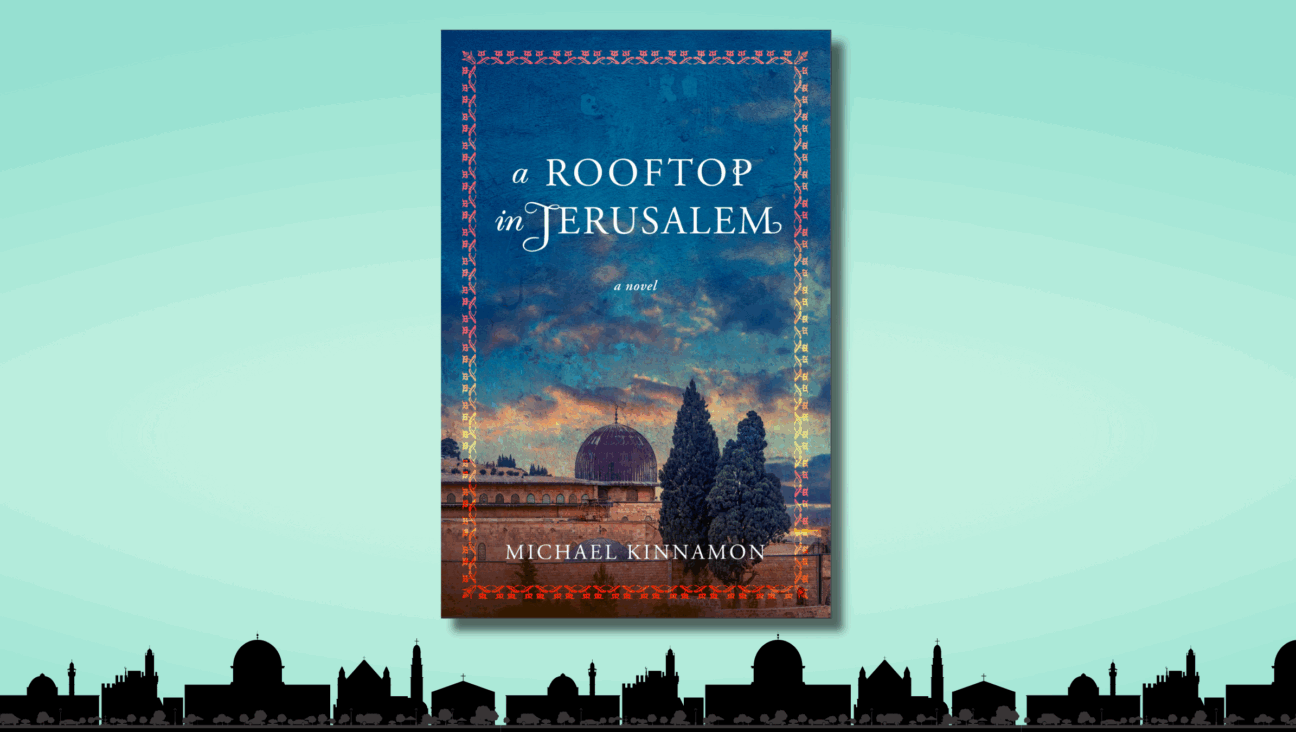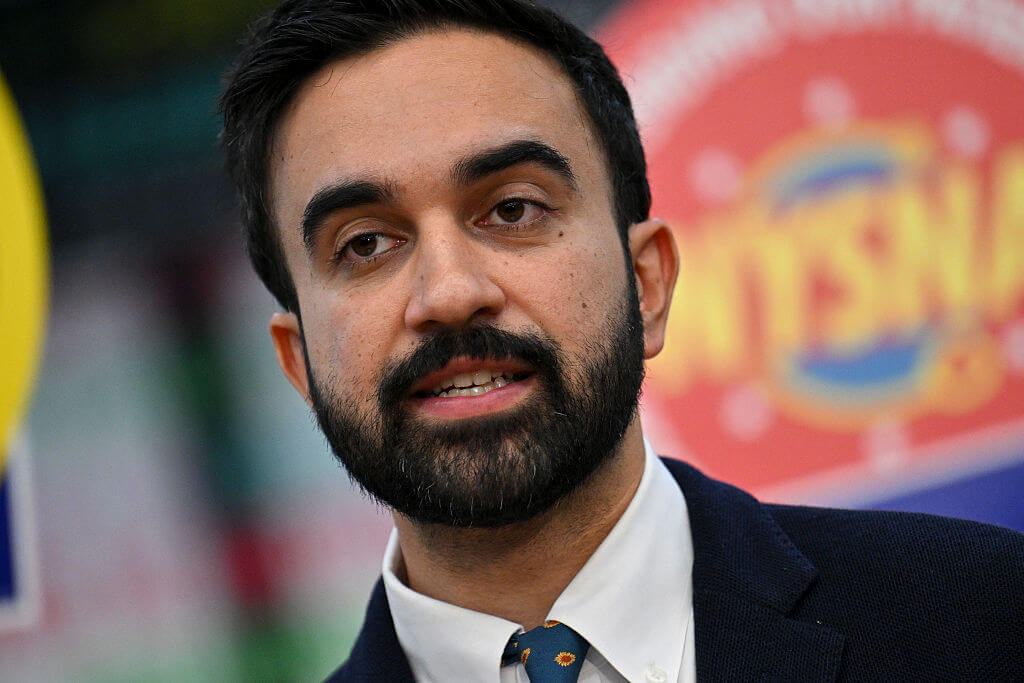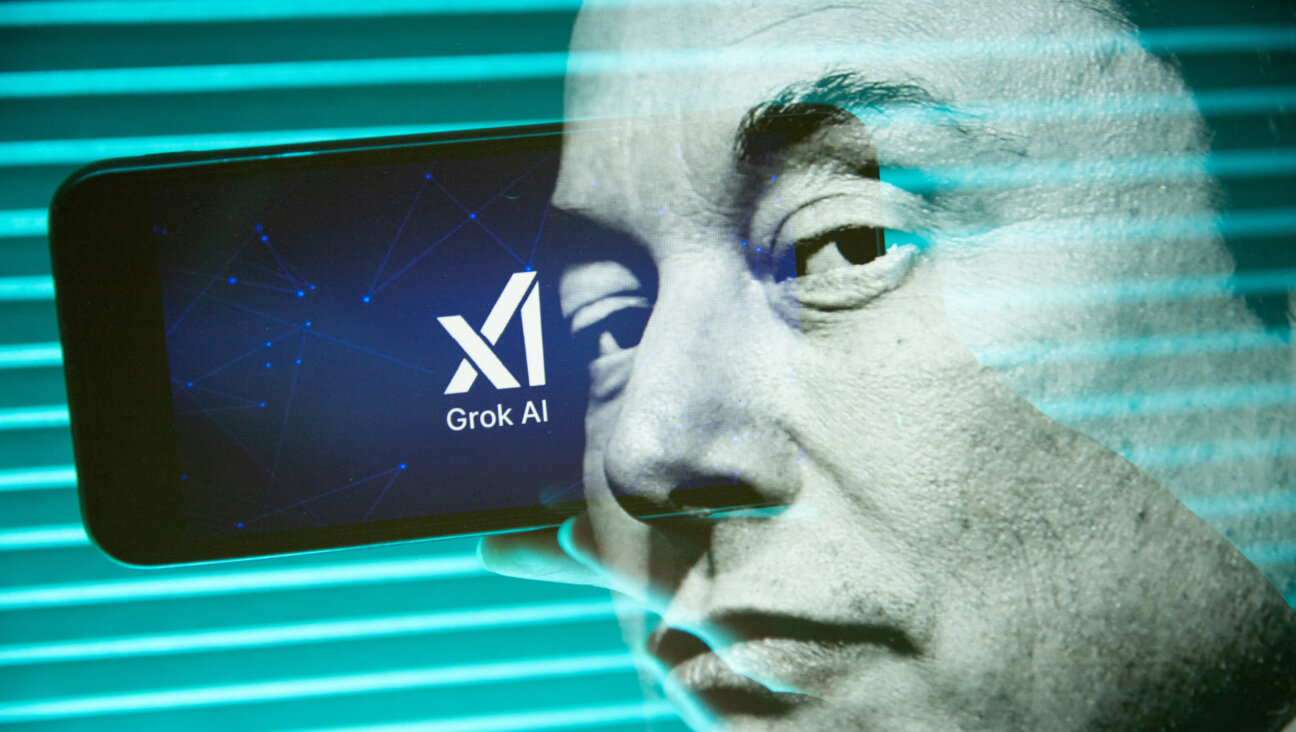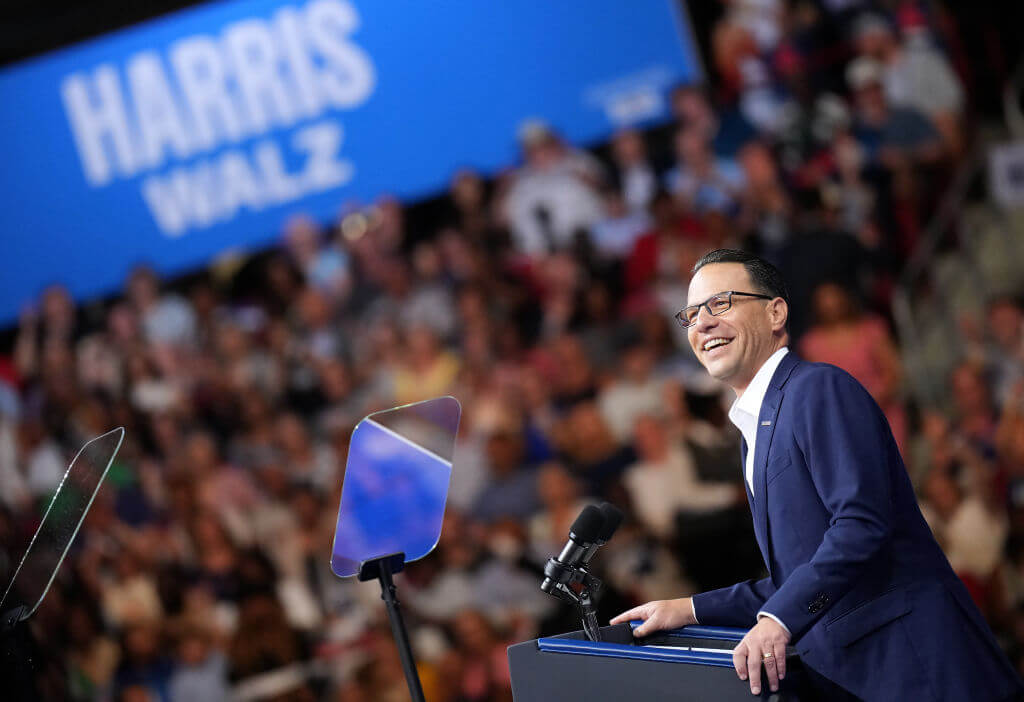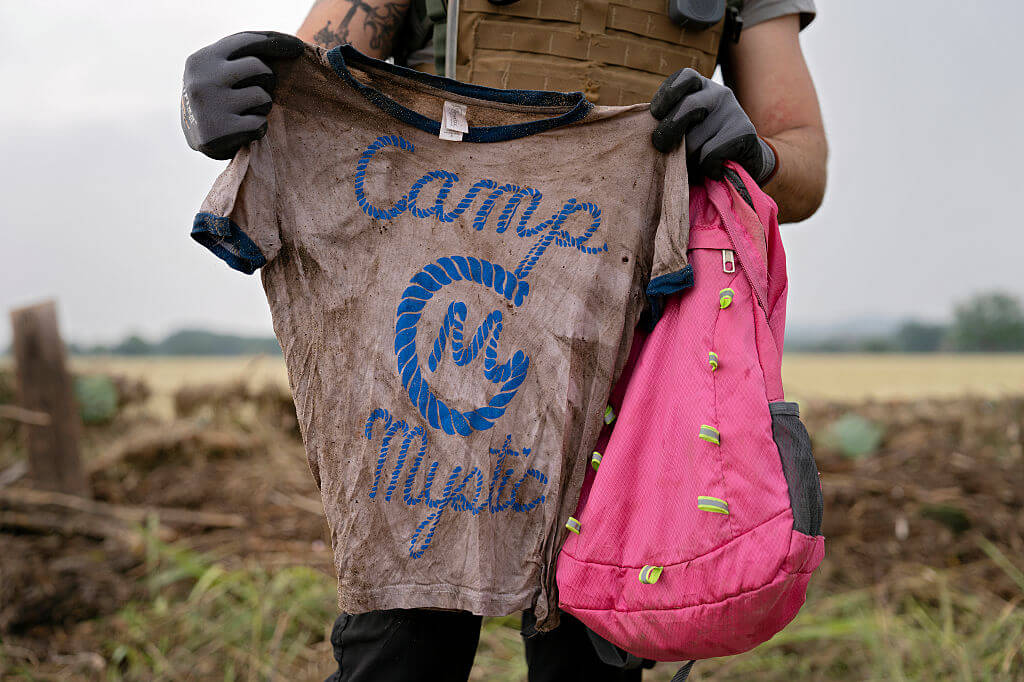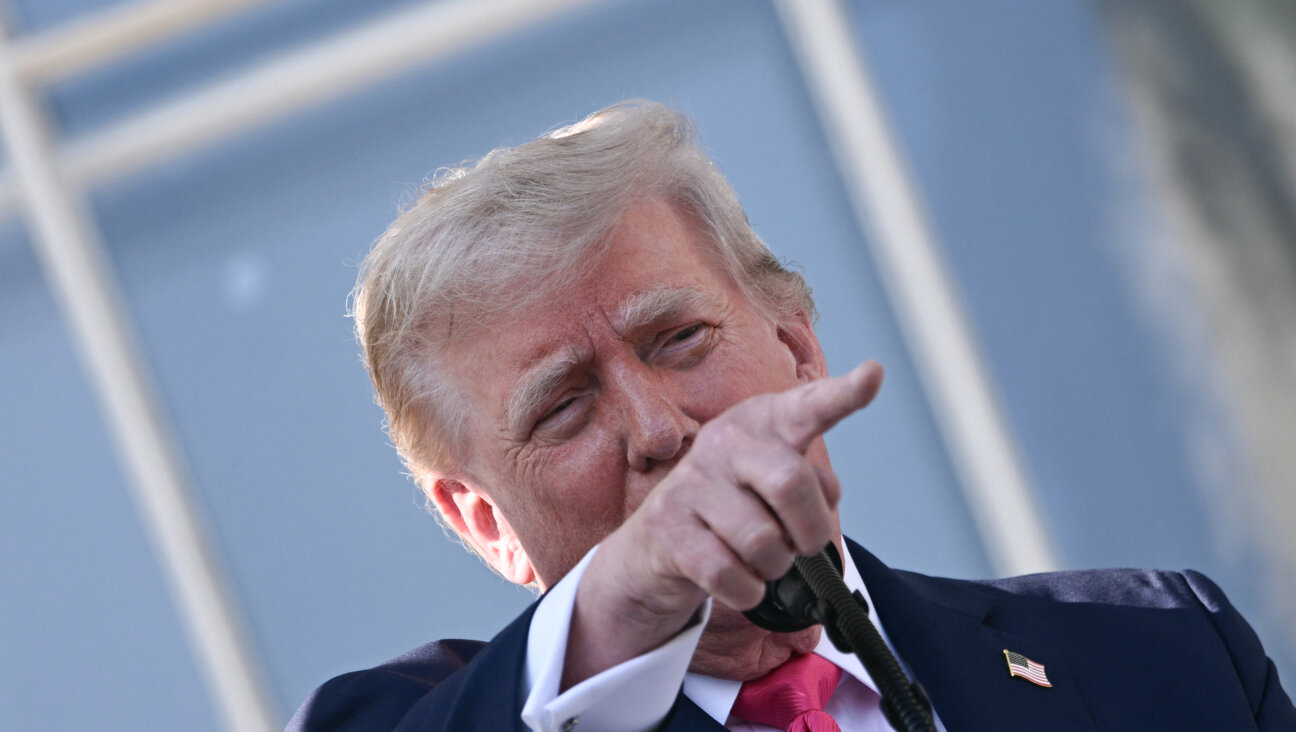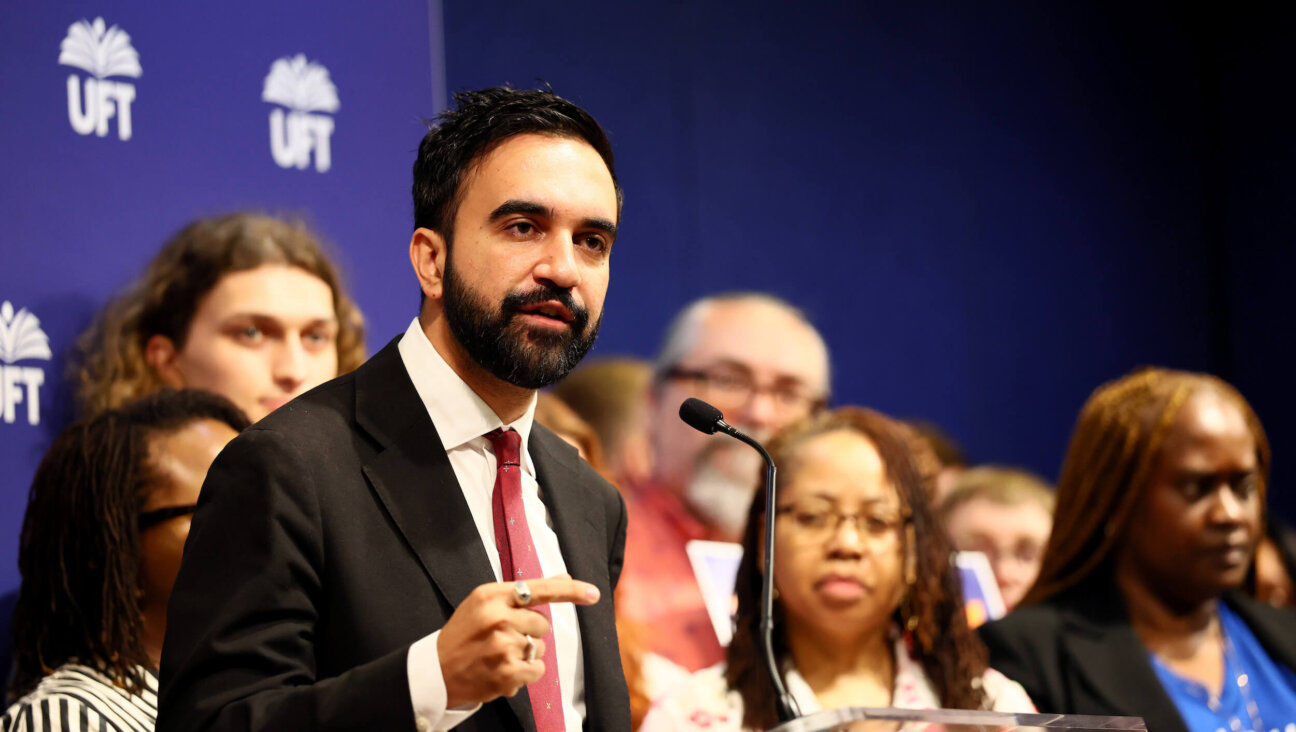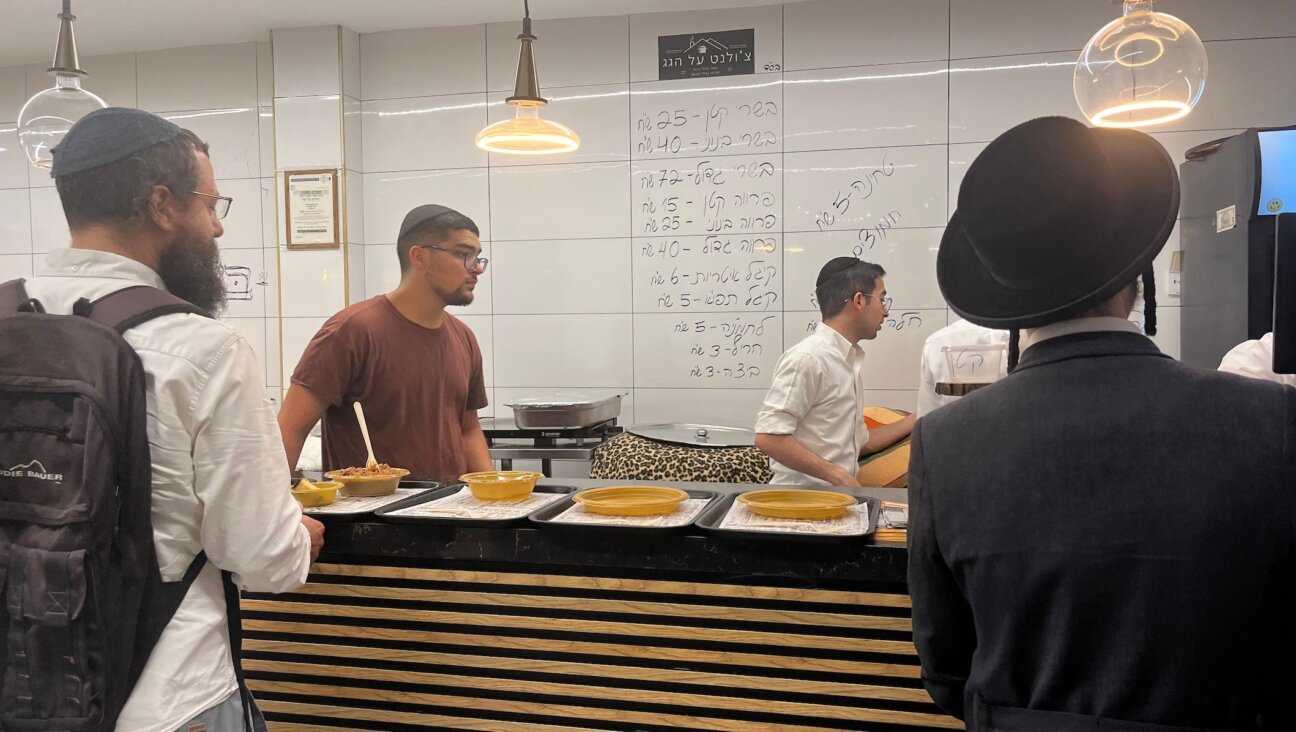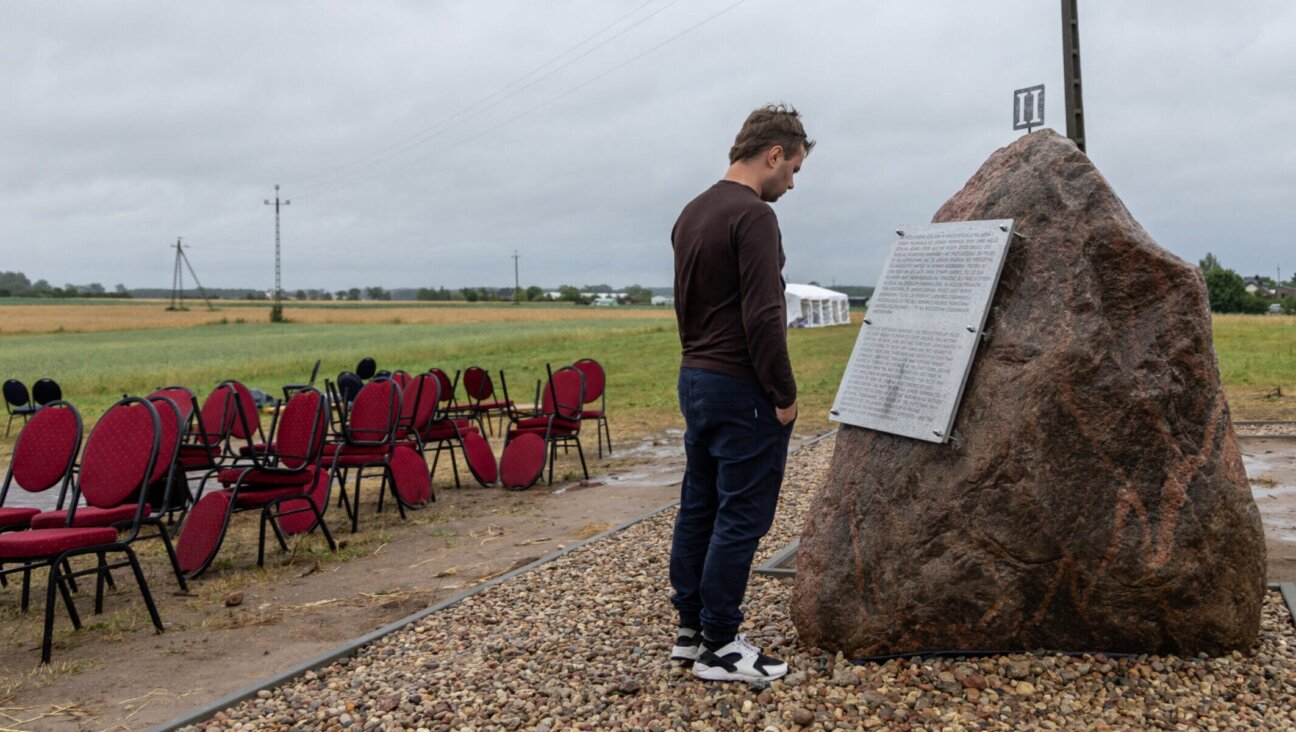The Winners; A ‘Naturalized’ New Yorker
10-14 category
Winner: Mattie Kahn
Age: 12
I am walking down the street when I see a woman reaching up to check that the scarf on her head is in place as she pushes her baby. In an instant I identify the head covering worn by some religious women upon their marriage. To those who are not as adept in decoding Jewish culture as I am, this woman looks like any other they pass on the sidewalks of New York. In her crisp blouse and pressed skirt, she could be on her way to a prestigious job interview. Onlookers would merely give her a quick once-over before they continue with their respective lives, but I know that her skirt is worn because of modesty.
Two minutes later, on the corner of 85th and Madison, I see another Jew, clearly secular; the only visible sign of Judaism is the small Star of David hanging loosely from his neck. As a matter of fact, I don’t really know that he’s Jewish at all. He might be showing support for the Jews or be proud of some Jewish connection he has. For all I know, he saw the little star, and, not even realizing its religious significance, bought it from a street vendor. I, like everyone else in the city that I call home, am always wary of the border between curious and judgmental.
It’s for those instances in my day, the ones I barely notice, that I am thankful to live in New York City. I am privileged to live in a place where in a few minutes I can see two people affiliated in some way with Judaism. As Jews are a microscopic 2% of the population in the United States, I should find it hard to believe that in New York City, among the most famous cities in the world, I pass so many Jews in my everyday life. I should be surprised — but I’m not.
For me, there are two aspects to this metropolis: the one I know as a “native” and the one I know as a religious person. The part of me that feels very much “naturalized” exults in Times Square or in the intensity of the busy streets. That part of me marvels that each and every person I observe has a life of his own; a family; a dream. That part sees the city and is pleased purely because it is a bustling and taxi-hailing extravaganza. That part of me brags that one can buy a carton of milk into the wee hours of the night.
The other part of me seems to live in nostalgia, looking at what life for my people has been like through the years, and throughout the world. That part is constantly aware of how truly blessed I am to be in a country that is so accepting of the way that I choose to live my life. That part of me realizes that all over Manhattan, I can find people who share some of my most core beliefs. And that element of me seems more aware because of its counterpart.
My life is mirrored by the two parts that exist peacefully inside of me. I savor my secular life as a regular child in the big city, but at the same time I relish my Jewish life.
In other cities you can find many Jews, so what makes New York different? I’ve described only two visual types of an endlessly expanding Jewish culture. In Manhattan, not only can all the different approaches to Judaism coexist, they can find the beauty in one another.
Jewish existence in New York City is represented at my Sabbath table. In my family’s dining room, already engrossed in a friendly conversation, are a woman rabbi nursing her baby, a modern Orthodox couple, a secular Israeli, a family of six from California, my best friend, my own family of five, plus a few people from synagogue who were planning to eat in a hotel room until we invited them to our house. They in turn have already discovered that two of them share a mutual second cousin, and another three have friends who went to camp together.
My mother always remarks that she moved to New York to marry a guy who could wear a kippah and go to a Rolling Stones concert. Thirty years after her, I’m hoping for the same thing.







